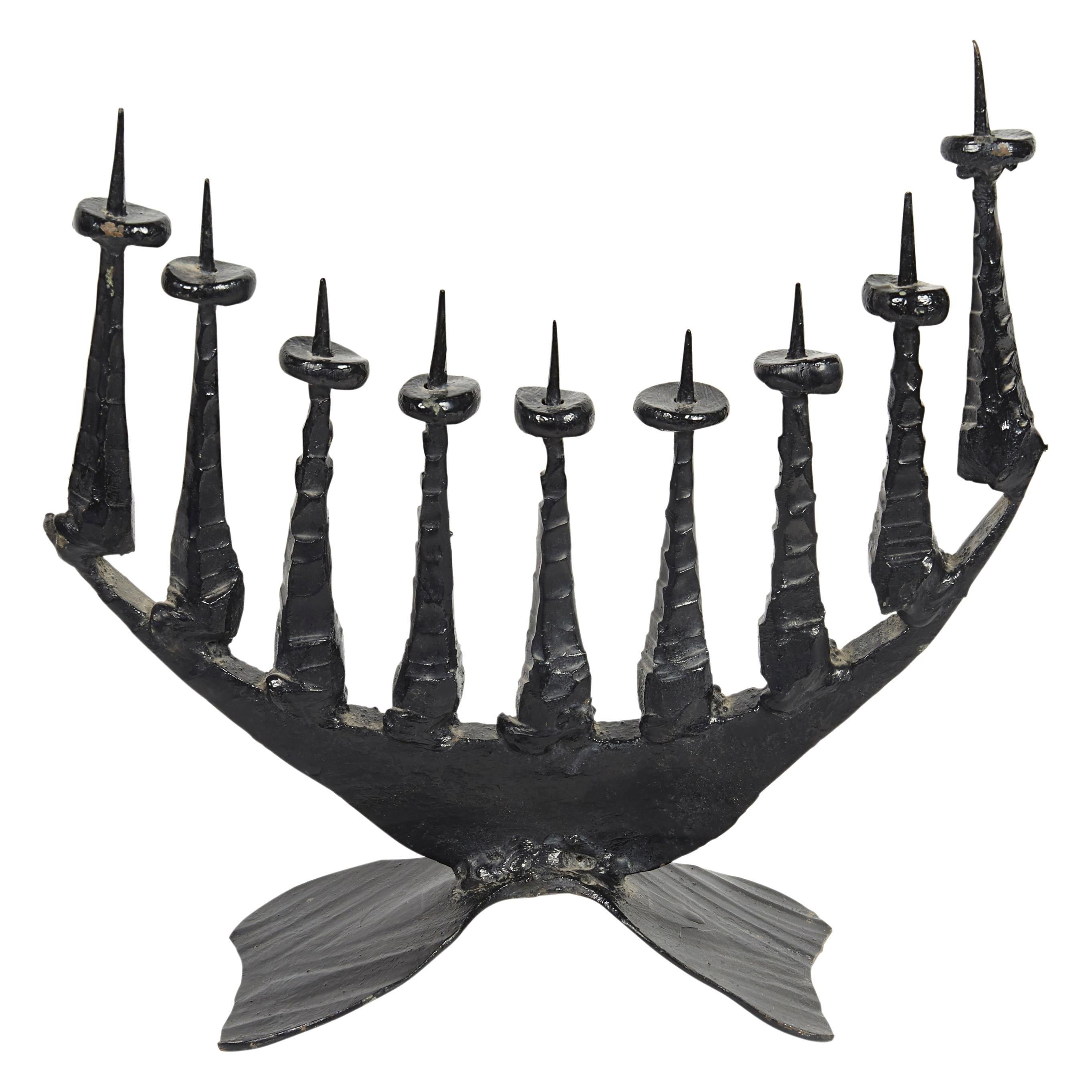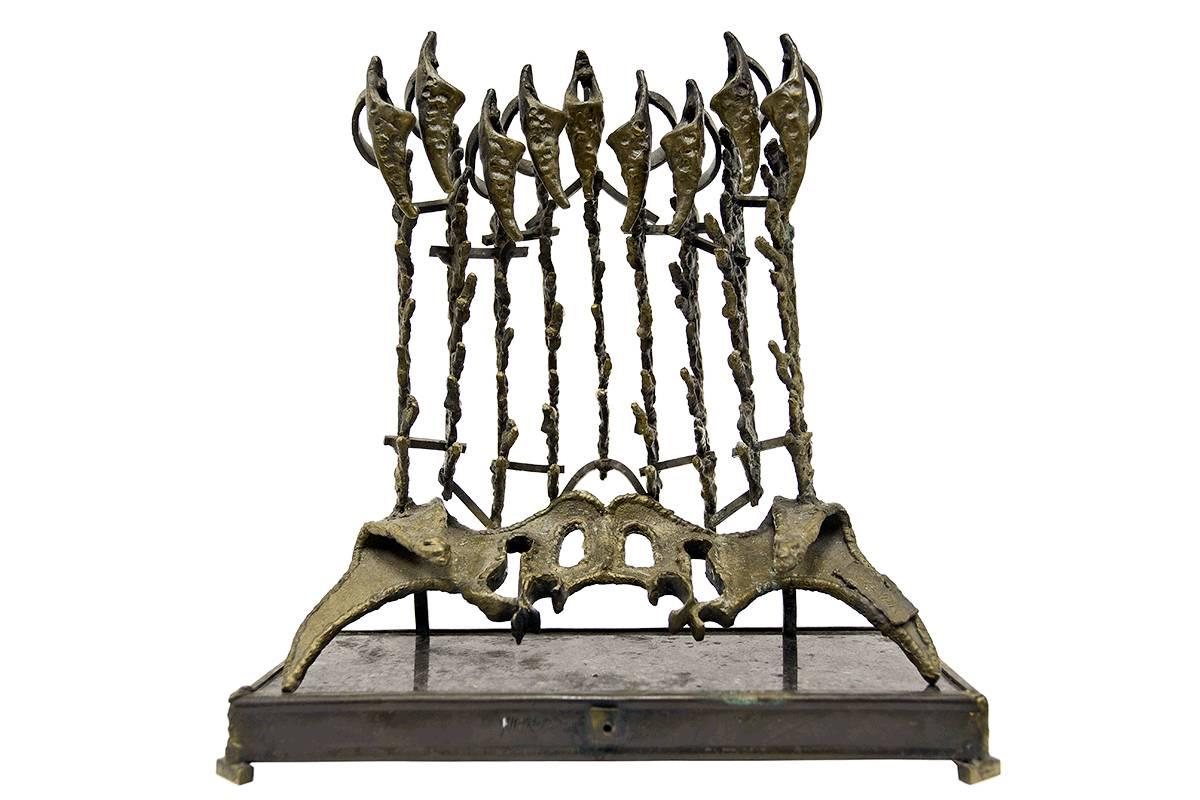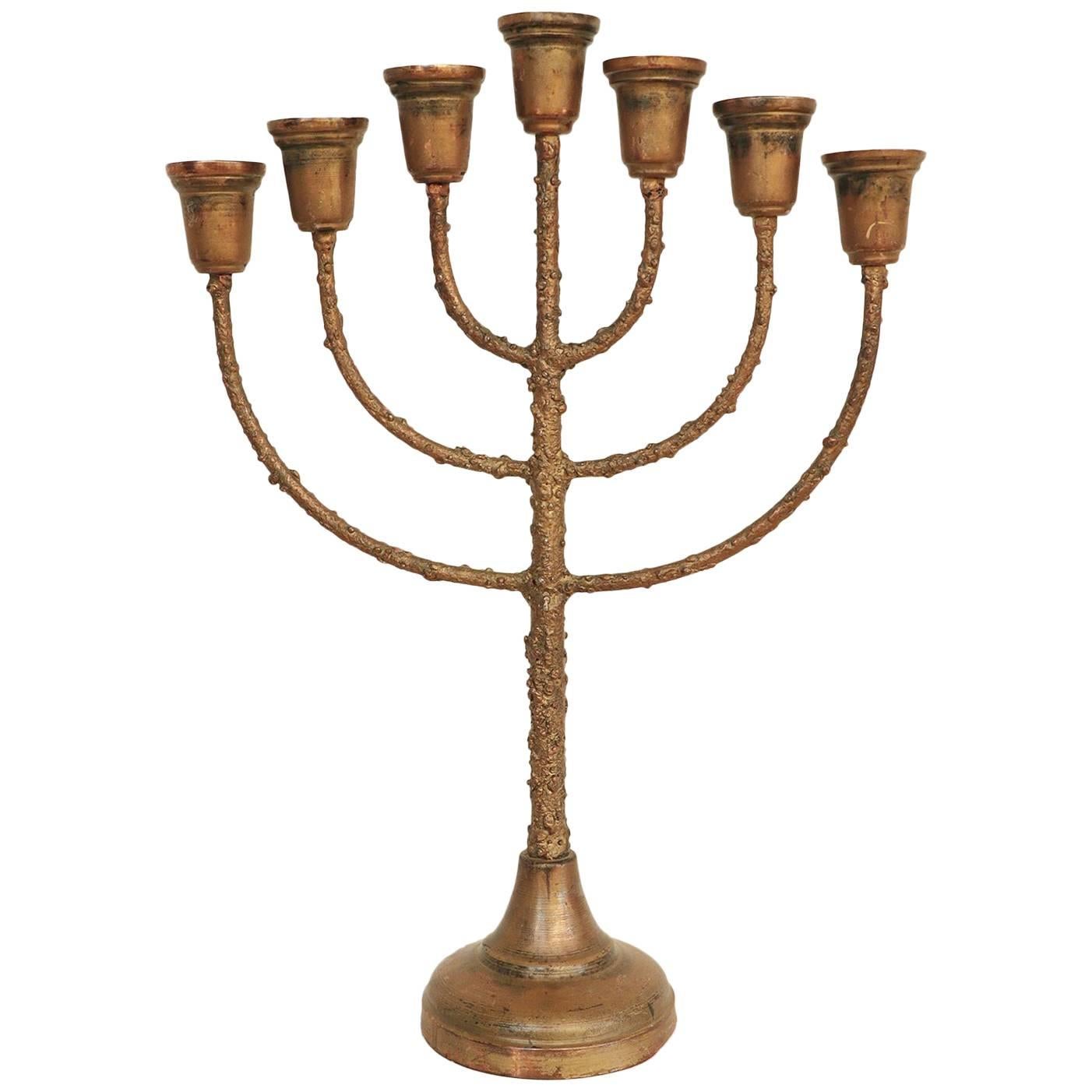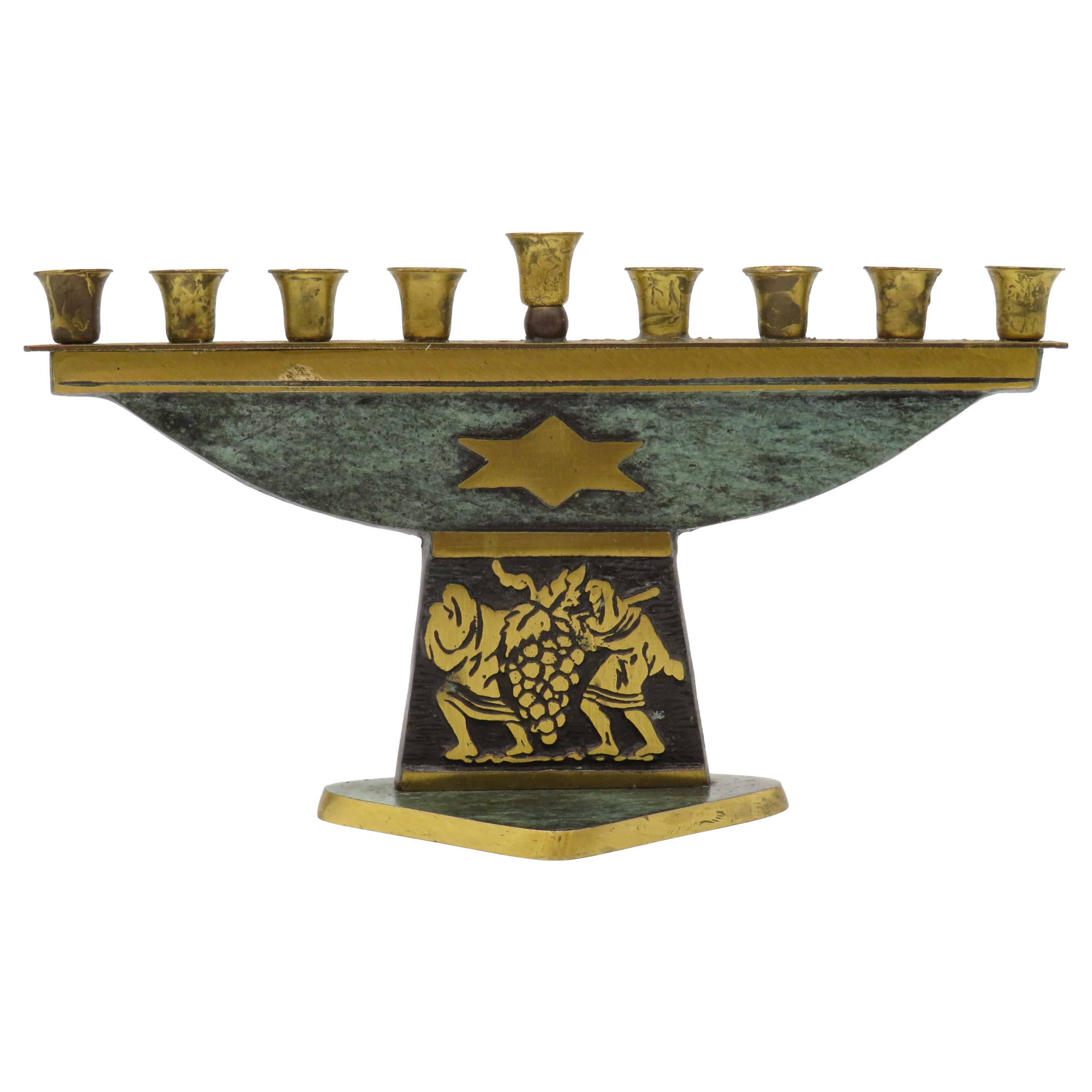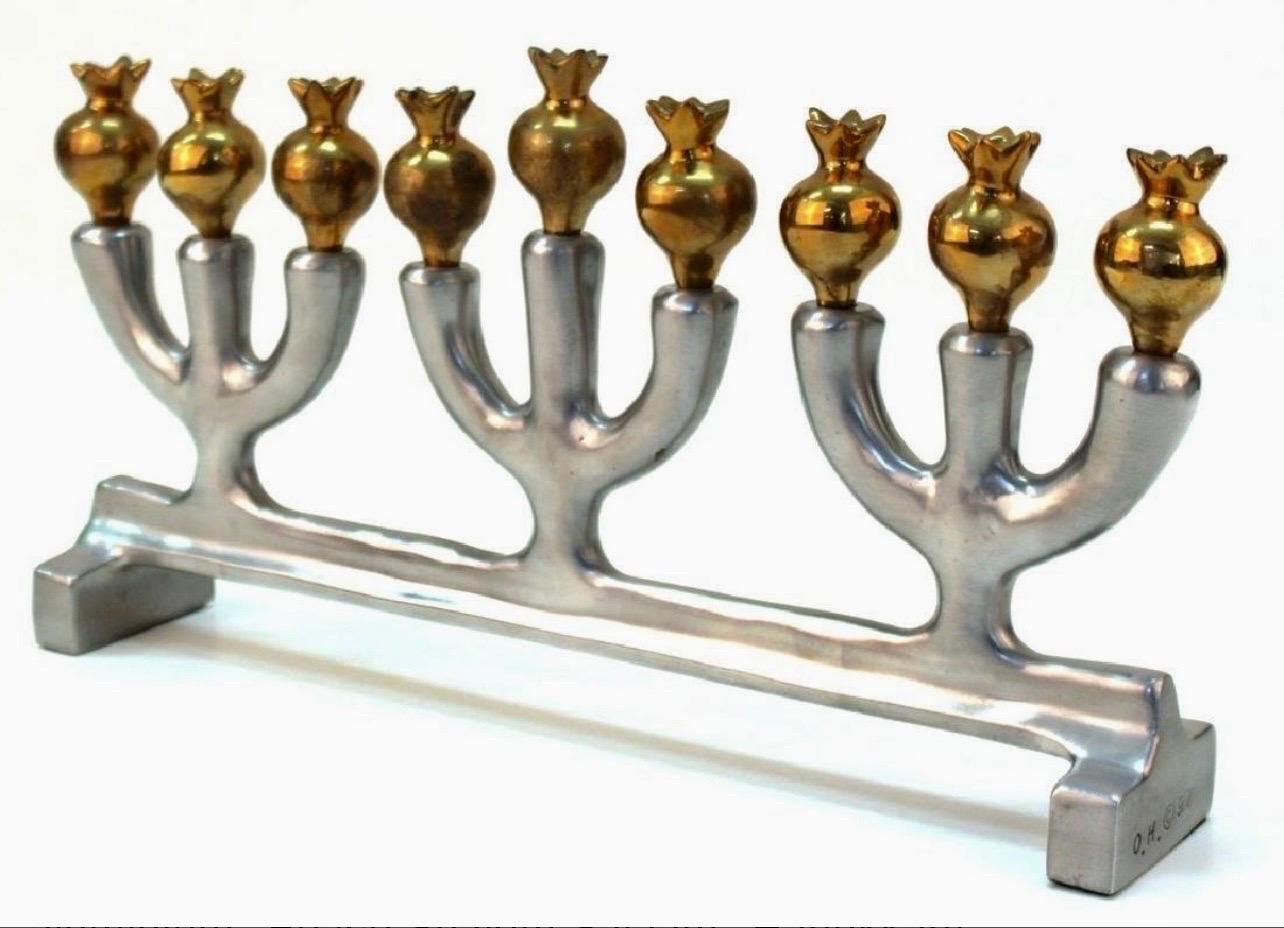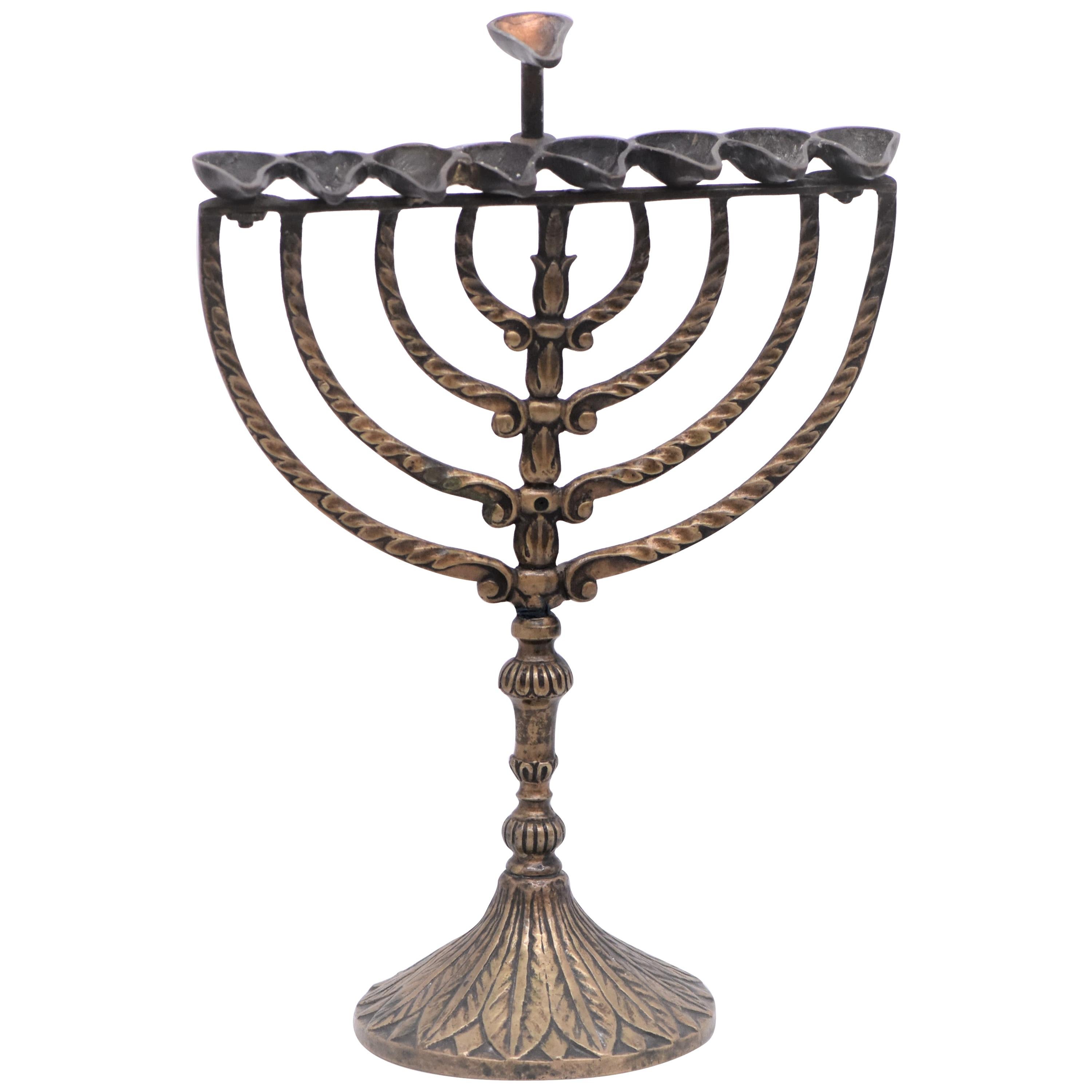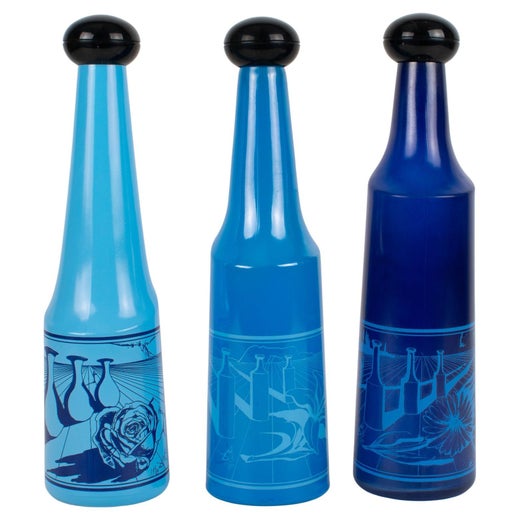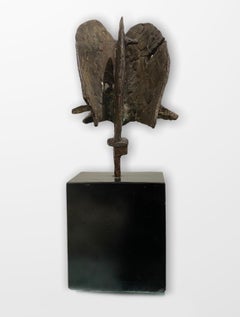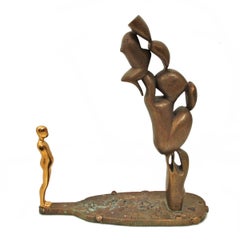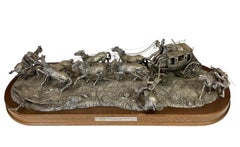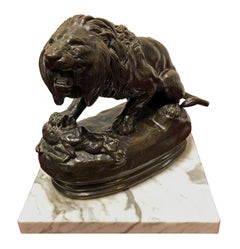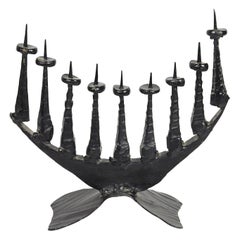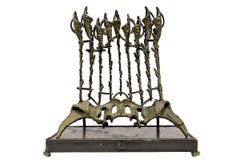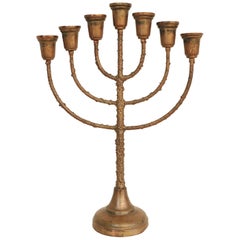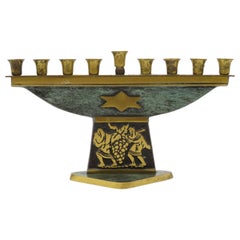Salvador DalíMenorah with Jerusalem Stone Base1980
1980
About the Item
- Creator:Salvador Dalí (1904 - 1989, Spanish)
- Creation Year:1980
- Dimensions:Height: 20 in (50.8 cm)Width: 12.25 in (31.12 cm)Depth: 5.75 in (14.61 cm)
- Medium:
- Movement & Style:
- Period:
- Condition:
- Gallery Location:Missouri, MO
- Reference Number:1stDibs: LU747316278772
Salvador Dalí
Instantly recognizable by his waxed, upturned mustache, the flamboyant Salvador Dalí is one of modern art’s most distinctive figures. He is also one of the icons of the 20th-century avant-garde Surrealist movement, whose dreamlike images, drawn from the depths of the unconscious, he deployed in paintings, sculptures, prints and fashion, as well as in film collaborations with Luis Buñuel and Alfred Hitchcock.
Dalí was born in Figueres, Catalonia, and even as a youngster, displayed the sensitivity, sharp perception and vivid imagination that would later define his artworks. In these, he conjured childhood memories and employed religious symbols and Freudian imagery like staircases, keys and dripping candles to create unexpected, often shocking pieces.
Dalí's use of hyperrealism in conveying Surrealist symbols and concepts that subvert accepted notions of reality is epitomized in what is perhaps his most recognizable painting, The Persistence of Memory (1931), in which he depicts the fluidity of time through melting clocks, their forms inspired by Camembert cheese melting in the sun. His artistic genius, eccentric personality and eternal quest for fame made him a global celebrity.
“Each morning when I awake, I experience again a supreme pleasure,” he once said. “That of being Salvador Dalí.”
Find original Salvador Dalí paintings, prints, sculptures and other works on 1stDibs.
- ShippingRetrieving quote...Shipping from: Missouri, MO
- Return Policy
More From This Seller
View AllMid-20th Century Modern Abstract Sculptures
Bronze
1990s American Modern Figurative Sculptures
Brass, Bronze
20th Century American Realist Figurative Sculptures
Metal
19th Century Realist Figurative Sculptures
Bronze
1950s Modern Figurative Sculptures
Ceramic
Mid-20th Century American Modern Abstract Sculptures
Brass, Copper
You May Also Like
Mid-20th Century Israeli Brutalist Religious Items
Iron
1970s Expressionist Abstract Sculptures
Marble, Bronze
Vintage 1960s Mid-Century Modern Candelabras
Brass
Mid-20th Century Israeli Religious Items
Brass
Early 2000s Pop Art Figurative Sculptures
Metal
Antique Mid-18th Century Italian Religious Items
Bronze
